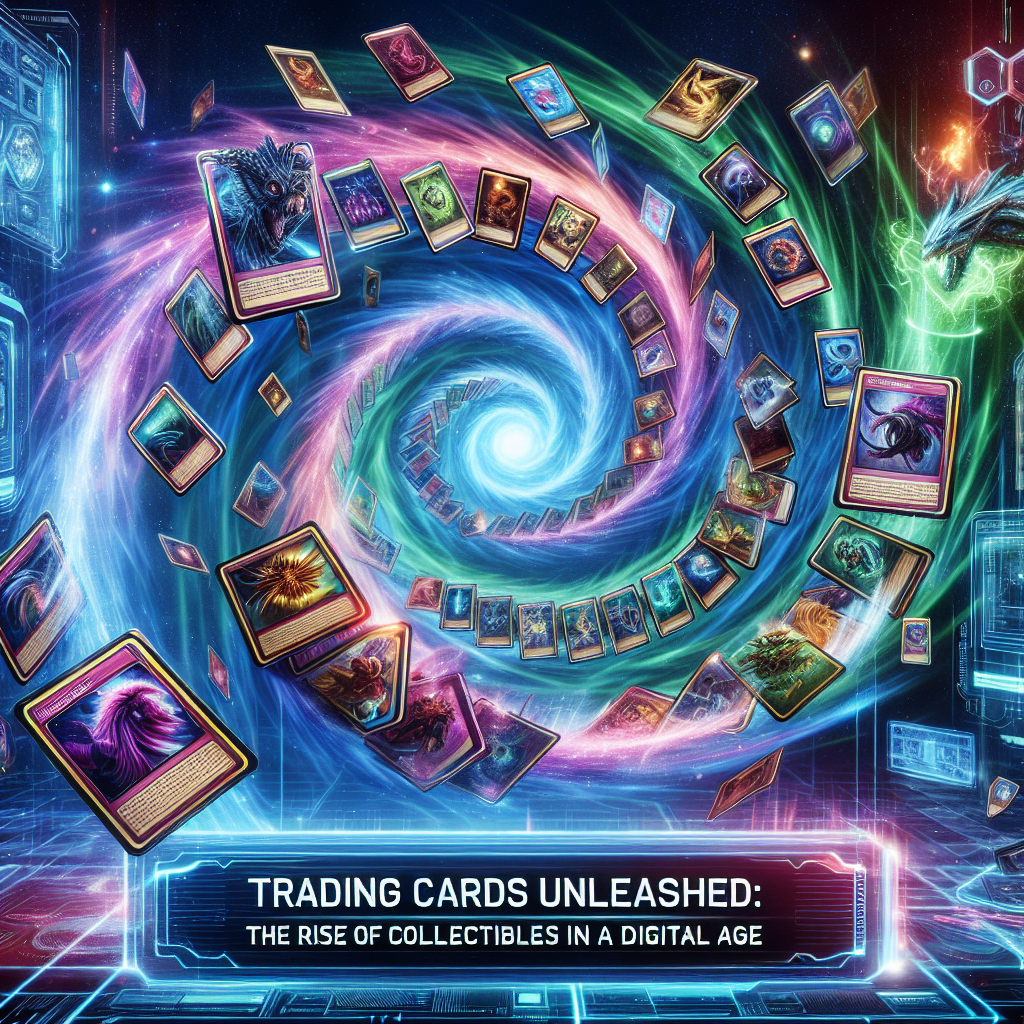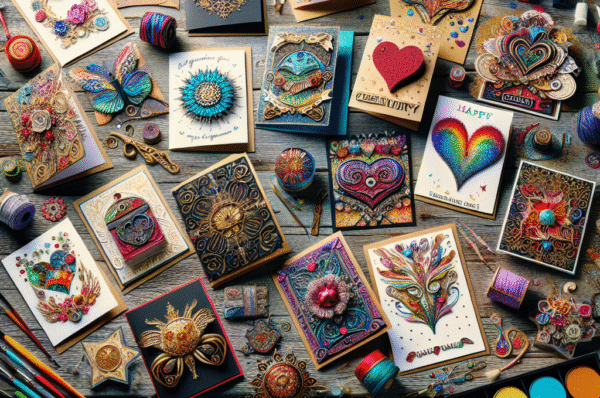In recent years, trading cards have experienced a remarkable resurgence, captivating both seasoned collectors and new enthusiasts alike. The digital age, marked by technological advancements and shifting cultural trends, has played a pivotal role in reinvigorating this age-old pastime. As we explore the evolution of trading cards, it’s essential to understand how they have transformed, adapted, and ultimately thrived in a rapidly changing landscape.
A Renaissance of Nostalgia
Trading cards have long been cherished as vessels of nostalgia, with their roots tracing back to the late 19th century. Whether it’s sports cards, Pokémon, or Magic: The Gathering, these tangible tokens evoke memories of childhood games and interactions. The current surge in their popularity is partly driven by a collective nostalgia among millennials and Gen Z, who are rediscovering the joy of collecting in a world increasingly dominated by digital interactions.
Social media platforms like Instagram and TikTok have played an instrumental role in propagating this trend. Enthusiasts share their collections, showcase rare finds, and engage in trading, giving a fresh and vibrant feel to the community. The visual nature of these platforms allows collectors to display their cards, drawing in viewers and fellow collectors alike.
The Digital Frontier
While traditional physical cards remain cherished, the rise of digital collectibles has added another layer to the trading card market. Enter blockchain technology and NFTs (Non-Fungible Tokens). Digital trading cards have surged, offering collectors a unique opportunity to own one-of-a-kind virtual items. Platforms like NBA Top Shot have officially entered the market, enabling users to buy, sell, and trade moments from basketball games as collectible cards.
These digital counterparts not only tap into the existing fervor around trading cards but also introduce an element of scarcity and exclusivity. As blockchain technology verifies ownership and provenance, collectors can feel secure in their investments while engaging in a global marketplace.
The Intersection of Community and Commerce
Today’s trading card community transcends mere collecting; it thrives on commerce and interaction. Online marketplaces like eBay and specialized platforms like TCGPlayer provide collectors with access to an extensive catalog of cards, facilitating trading and sales. This democratization of access has made it easier for newcomers to enter the scene and for seasoned collectors to complete their collections.
Moreover, local and online events, such as trading card conventions and virtual showcases, foster community-building activities. These gatherings serve as hotbeds for networking, trading, and sharing knowledge, contributing to the overall health and growth of the trading card ecosystem.
Investment Potential
Recent trends show that trading cards have emerged as viable investment options, with some rare cards fetching astonishing prices. Iconic cards, such as a 2003 LeBron James rookie card or a Pikachu Illustrator card, have sold for millions at auction, attracting attention from investors and collectors alike. This speculative aspect has drawn a new demographic into the fold—those looking for alternative investments beyond traditional stocks and real estate.
However, potential investors are cautioned to research and understand the market dynamics. The volatility of prices can be a double-edged sword, making it imperative for collectors to be well-versed in card gradings, rarity, and market demand.
Challenges in the Trading Card Market
Despite its resurgence, the trading card market faces challenges. The rapid influx of new participants has led to scarcity and inflation in certain segments, causing frustration among collectors who may find it increasingly difficult to acquire desired cards without breaking the bank. Additionally, the rise of counterfeits poses a significant threat, making it crucial for collectors to remain vigilant.
Conclusion
Trading cards are not merely tangible collectibles but symbols of community, nostalgia, and investment potential. In a digital age powered by technology, traditional cards have found new life alongside their digital counterparts, creating a vibrant and immersive landscape for enthusiasts. As the market continues to evolve, one thing is certain: trading cards have truly been unleashed, transforming from a childhood pastime into a multifaceted phenomenon that captivates generations. Collectors and investors alike remain eager to see what the next chapter will hold for this dynamic universe of color, art, and history.




